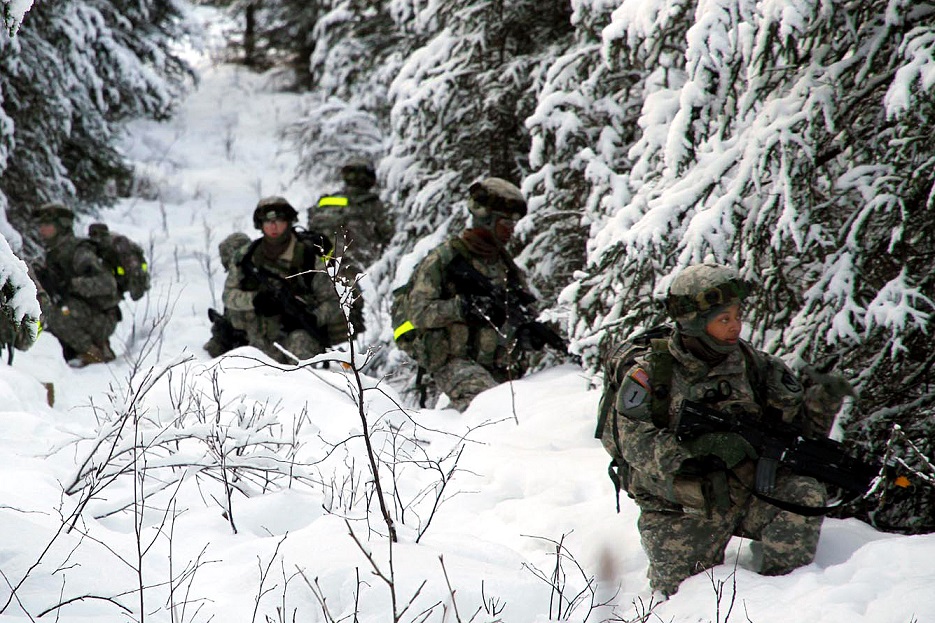This post is also available in:
 עברית (Hebrew)
עברית (Hebrew)
One of the biggest issues for soldiers operating in a cold environment is the loss of hand function and dexterity. The U.S. Army has been looking for ways to keep soldiers fingers warm in cold weather, as soldiers frequently have to pull off their gloves to do things like program the radio, load ammunition, and shoot. A patent-pending technology offers improved capabilities and safety of military or recreational users.
Research physiologist John Castellani, the Army’s cold-weather expert, has been experimenting with small heating pads, placing them on the cheeks and forehead of cold soldiers, which stimulates the trigeminal nerve area and sends blood flowing to the hands.
As the blood heads into the frosty fingers, it’s temperature is raised by additional heat pads on the soldier’s forearms.
“Thick gloves can reduce soldiers’ touch sensation and can decrease fine-motor dexterity by 50 to 75 percent. As a result, soldiers tend to remove their gloves when they need to use their fingers. Unfortunately, this causes blood flow to decrease in the hands, also impairing movement,” Castellani explains.
The “Personal Heating Dexterity Device” can solve the problem. “Heating the face exploits a physiological reflex and tricks the body into believing it is warm rather than cold and increases the blood flow to the fingers,” the patent applications states. “By combining facial and forearm heating, the invention gives bare-handed individuals the increased manual dexterity and thermal comfort needed in cold weather environments.”
While the invention is still at the prototype stage, techlinkcenter.org reports that the U.S. Army is working to advance the technology so it can be more portable and user-friendly.
Quinton King, senior technology manager at TechLink, has reviewed the new heating device, noting the tech’s obvious dual-uses for outdoor recreationist like hunters and skiers and industrial workers in cold weather environments. “Agile performance in cold weather regions requires preparation and training,” King said. “But the Army research community can provide additional advantages. Through technology transfer, non-military users could also benefit.”


























